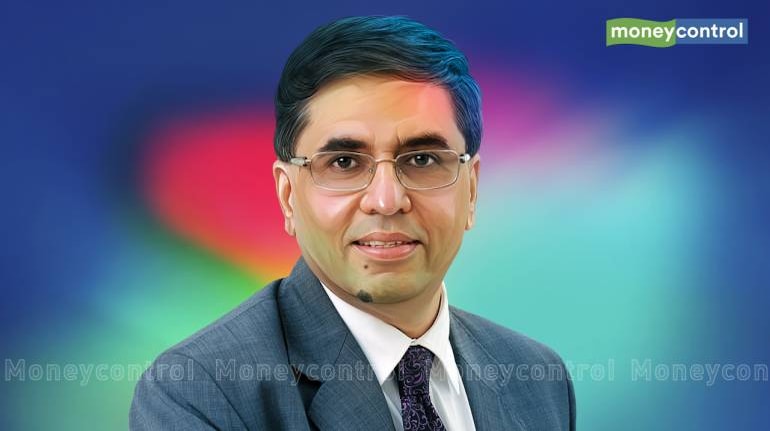



Hindustan Unilever's outgoing Managing Director and Chief Executive Officer Sanjiv Mehta said that volatility will wane only when overall FMCG market volumes grow in mid-single digits.
"Overall FMCG market's volume growth should be 4-5 percent while commodity prices remain steady, only then the volatile scenario can turn a corner," he said after HUL's Q4 earnings while maintaining his 'cautiously optimistic' stance.
Also Read: HUL Q4 result: Net profit jumps 10% to Rs 2,552 crore, revenue rises 11%FMCG market (urban and rural) registered flat volume growth in the March quarter, as per Nielsen data.
Meanwhile, HUL outpaced industry growth with 4 percent increase in volumes. However, rural volumes for the company continued to remain under pressure, declining close to 3 percent.
"When wallet size is small, the impact of inflation is big. Moreover, subsidy schemes have been slashed and free food grain programme has been halted," he said.
That said, Mehta takes heart in the fact that the rural volume decline is moderating. For FY23, HUL's rural volumes declined 7 percent while in Q4 FY23, the de-growth was ~3 percent.
Also Read: Farm Uneasy: Despite push towards access to formal credit, most farmers continue to rely on middlemen for loansOn commodity inflationHUL' net material inflation was 12 percent in the March quarter, while the company took only 7 percent price hike. For the entire fiscal year, it saw top line grow by 16 percent, of which 11 percent was price-led.
"Price-led growth is slowly moderating. But to go back to the days of volume-led growth, we need deflation in commodity prices. While raw material prices are coming down, they are still above 10-year median level," he said.
Soda ash, caustic soda, crude palm oil, tea, barley and skimmed milk powder are some key inputs for the company.
"When commodity prices come down sharply, we will definitely pass the benefit to consumers," Mehta added.
On marginsFor Q4 FY23, the company's EBITDA (earnings before interest, tax, depreciation and amortization) margin came in at 23.3 percent versus the Street estimate of 23.9 percent. On a year-on-year basis, it was a decline of 80 basis points.
One basis point is one-hundredth of a percentage point.
"As announced earlier, the company has taken a 80 basis point hike in royalty payment to Unilever, of which 45 basis points was in this quarter," explained HUL's Chief Financial Officer Ritesh Tiwari. This impact showed in EBITDA margins.
Plus, the company ramped up its advertising and promotion (A&P) spend. The expense stood at 9 percent of sales in the March quarter compared to 7.9 percent in Q3.
"Our focus remains on right price-value equation for competitive growth for which we have to spend on ads," said Mehta.
Also Read: Seasonal supply side problems adding to inflation, govt monitoring continuously: Finance Minister Nirmala SitharamanOn competition"The more competition, the better for consumers. It is not a zero-sum game. Per capita FMCG consumption is still low in India and has lot of room to grow," said Mehta.
Good competition brings out the best in HUL, he said.
Reliance Consumer Products in March announced the launch of Glimmer beauty soaps, Get Real natural soaps, Puric hygiene soaps, Dozo dishwash bars and liquids, HomeGuard toilet and floor cleaners and Enzo laundry detergent powder, liquid and bars. These are in direct competition with HUL.
Disclaimer: Moneycontrol is a part of the Network18 group. Network18 is controlled by Independent Media Trust, of which Reliance Industries is the sole beneficiary.Discover the latest Business News, Sensex, and Nifty updates. Obtain Personal Finance insights, tax queries, and expert opinions on Moneycontrol or download the Moneycontrol App to stay updated!
Find the best of Al News in one place, specially curated for you every weekend.
Stay on top of the latest tech trends and biggest startup news.